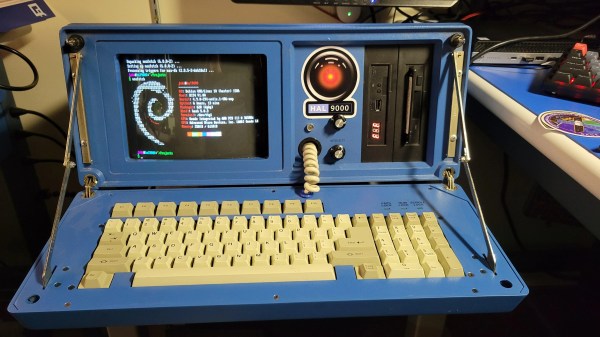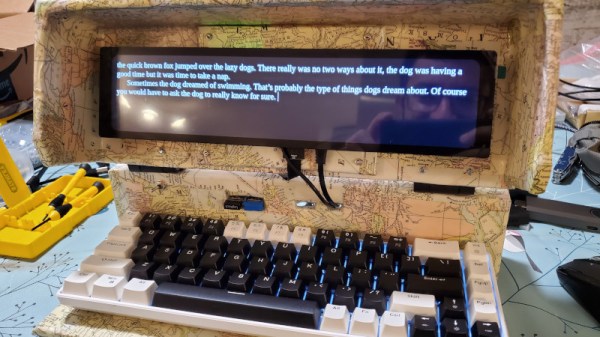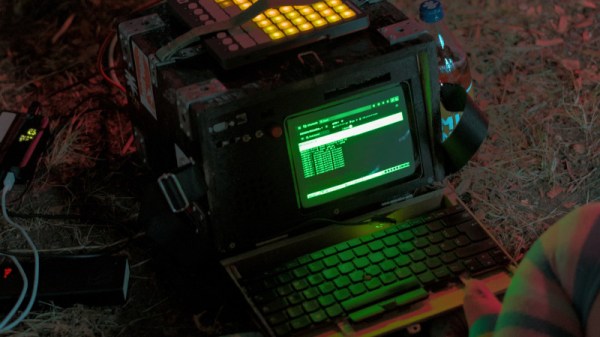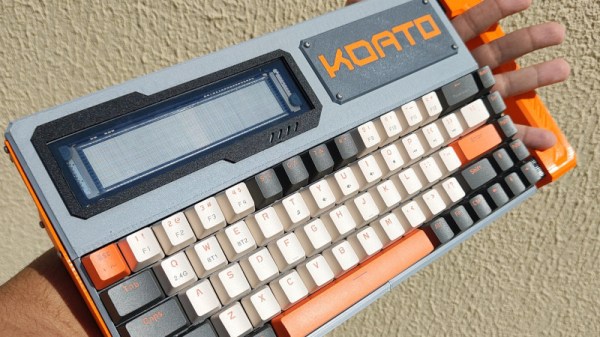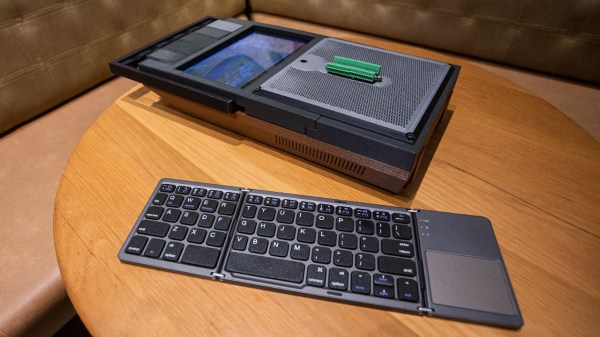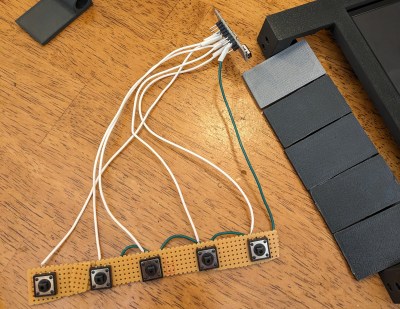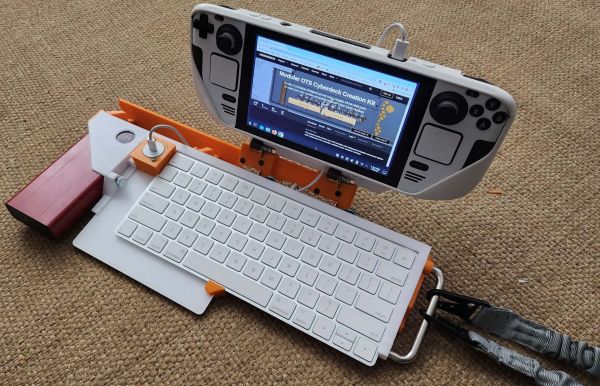In the 80s and early 90s, there existed a class of personal computers that are no longer around today — the luggable. Planted firmly between a desktop and a laptop, these machines were lovingly called so because they were portable, but just barely. Think Kaypro, Osborne, or the Compaq Portable.
First things first — this lovely 1990-era industrial luggable has not been gutted according to [D1g1t4l_G33k]. The chassis, CRT, power supply, and ISA backplane are original and still intact, and they still have all the parts to restore it to its original DOS 3.1 form.
What [D1g1t4l_G33k] did do is replace the 386x-based ISA SBC with a 2005 AMD LX-600 Geode at 366 MHz. Gone are the ISA data acquisition cards and 80 MB SCSI hard drive, replaced with a 32 GB compact flash drive. The floppy drive is functional, too. Now it sits on a cart next to the workbench running AntiX Core 19.5, functioning happily as an AVR development workstation.
Having an old luggable to mess with in the first place isn’t a requirement. We’ve seen a modern take on the luggable, and here’s one with three monitors.

